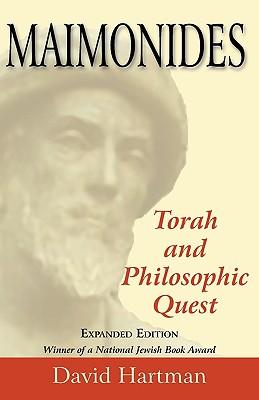In his 1976 Maimonides: Torah and Philosophical Quest, David Hartman departs from traditional scholarly views about Maimonides by offering a new way of understanding the great man and his work. This expanded edition contains Hartman's new postscript.
A 12th-century rabbi, scholar, physician, and philosopher, Moses Maimonides is best known for his two great works on Judaism: Mishneh Torah and Guide to the Perplexed. They have often been viewed by scholars as having different audiences and different messages, together reflecting the two sides of the author himself: Maimonides the halakhist, who focused on piety through obedience to Jewish law; and Maimonides the philosopher, who advocated closeness with God through reflection and knowledge of nature. Hartman argues that while many scholars look at one aspect of Maimonides to the exclusion or dismissal of the other, the way to really understand him is to see both adherence to the law and philosophical pursuits as two essential aspects of Judaism.
Hartman's 2009 postscript sheds new light on his argument and indeed on Judaism as Maimonides interpreted it. In it Hartman explains that while Maimonides never envisioned the integration of halakhah with philosophy, he did view them as existing in a symbiotic relationship. While the focus of the Mishneh Torah was halakha and obedience to Jewish law, Guide to the Perplexed spoke to individuals whose love of God grew through their passion, devotion and yearning to understand God's wisdom and power in nature. Both modes of spiritual orientation lived in the thought of Maimonides.
